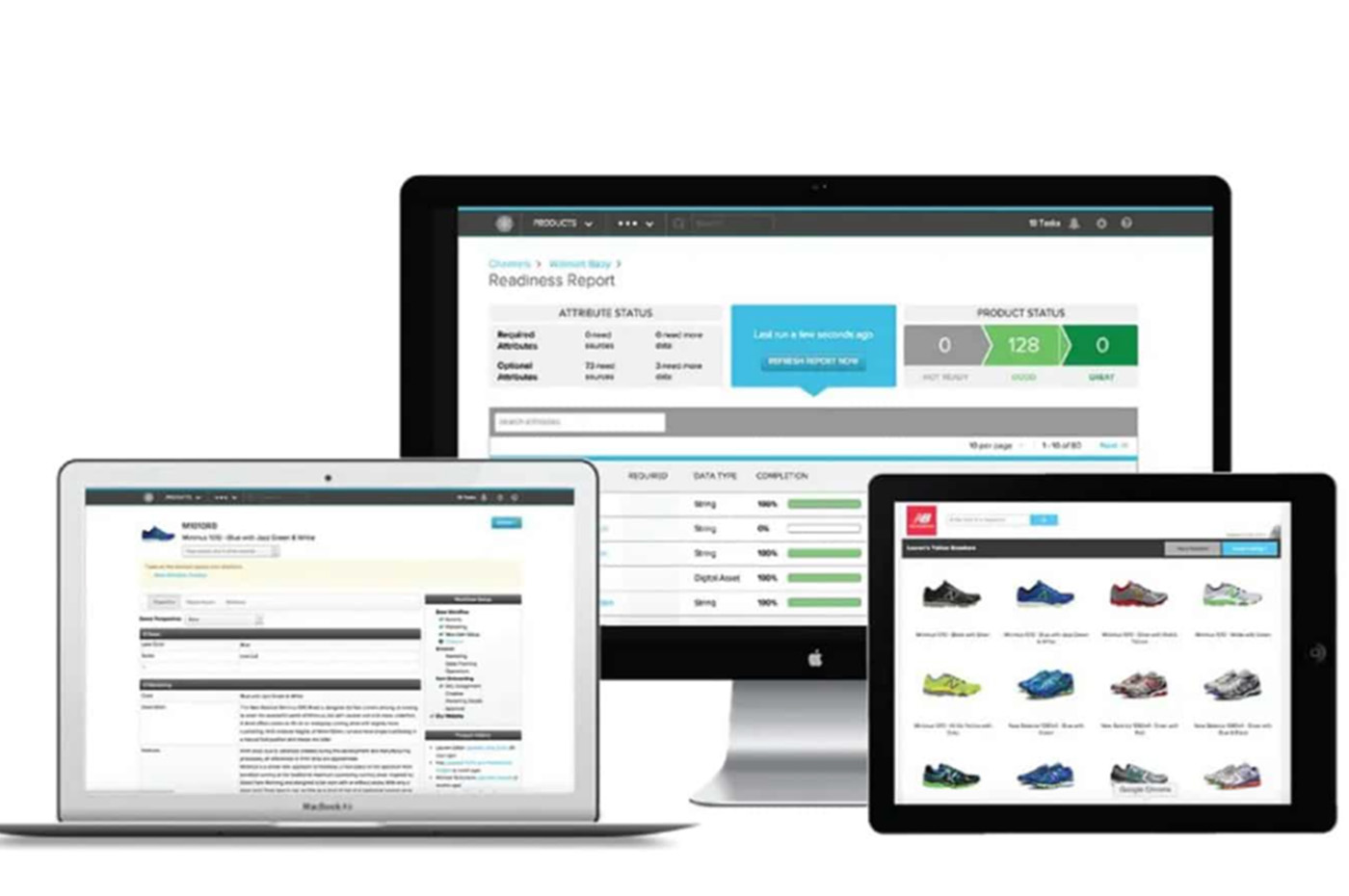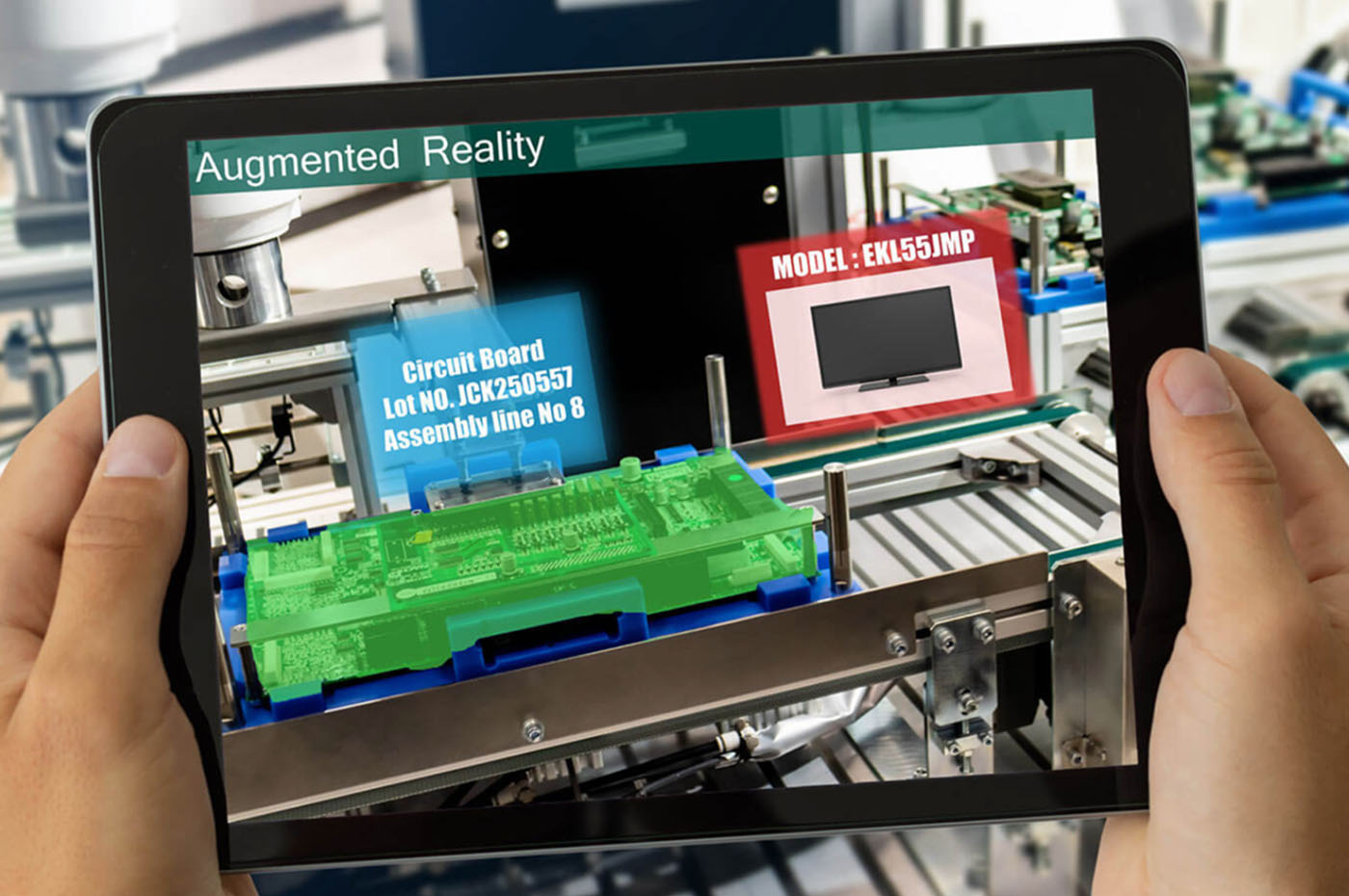
5 eCommerce Technologies B2B Sellers Need for 2023
In the “new normal” world post-Covid 19, B2B buyers have become much more reliant on digital sales channels and self-service. According to Digital Commerce 360’s 2022 B2B eCommerce Market Report, B2B online sales have been steadily growing, reaching almost $2 Trillion. 18% of all B2B Sales revenue has come from eCommerce, making it by far the largest revenue driver in today’s sales ecosystem.
This means that in order to serve your biggest customer group more efficiently and successfully, you need to invest in digital sales channels in 2023. We’ve put together this summary of the top 5 eCommerce technologies in which B2B merchants should invest for 2023.
Product Discovery / Advanced Site Search

Product Discovery and Advanced Site Search are crucial for making sure your customers can find exactly the products they need, quickly and easily. Typically, B2B products have a lot of specific parameters, (weight, length, height, size, shape, etc.) that make finding the exact product you need difficult, unless you have a sophisticated search engine. Making searches easy by allowing customers to search by these parameters or SKU numbers will limit cart abandonment and bounce rates.
“We’ve seen the conversion rate of users who search be 6-8x that of visitors that don’t use search,” says Redstage Chief Client Officer Adam Morris. “Utilizing search shows intent and having a powerful search is crucial to capturing high-converting customers. If a user can’t find the exact product they’re looking for due to slow, out-of-the-box search engines, you will lose the sale.”
In Google Cloud’s report, Why Search Abandonment is the Metric the Matters, they found that 78% of consumers used the site search on websites they buy from. $300B was lost in the US alone due to users abandoning websites after a bad search experience. These metrics prove that the single most important function on your site is how customers find products. If they cannot, they will look elsewhere. 98% of website admins interviewed in the study said they we confident users could find exactly what they were looking for on their site, yet only 1 in 10 actual buyers interviewed said they found exactly what they were looking for.
Is your on-site search truly up to par? It is absolutely imperative that it is.
Product Information Management Solutions

Due to complex product catalogs and new buyer habits, it can be difficult for online merchants to keep product information updated and consistent across multiple selling channels or sites. Think about how complex information gets across Amazon listings, Walmart, local retailers, and DTC channels. A product information management solution (PIM) can help. These solutions provide a single dashboard to collect, manage, and enrich your product information.
PIMs save you money by lowering product enrichment costs by up to 5x. They can also reduce returns by as much as 40%, and increase conversion rate by more than 400%, according to Akeneo. Empowering your team with a PIM allows them to update or change product info in one place and automatically update it wherever it appears on the web. The ability to update product attributes on-the-fly will only strengthen the power of your omnichannel selling strategies. This is crucial to scaling and growth in 2023.
Augmented Reality / 3D Models

Myth: Augmented Reality is only useful for B2C and DTC companies. False! B2Bs are quickly getting into the Augmented Reality game, with companies like GE and DHL already deeply investing in augmenting their staff with new digital technologies. One area that augmented reality can help improve your sales process drastically is product presentation…
“Cut the cost of creating one-off examples for showing customers by utilizing AR. Save money on printing, shipping, and returns while also saving the time wasted waiting for customer approval. Send customers AR [model] links to quickly review and approve orders, netting same-day results, and boosting your bottom line.” – Christopher Yin, Global Creative Director @ Redstage
The most well-known example of product viewing in AR is probably IKEA, which uses Augmented Reality to allow clients (both consumers and businesses) to try furniture in their offices and homes by superimposing it on the surroundings with their IKEA Place app.
According to IBM, companies using AR have also reported a 46% reduction in time to complete tasks and average productivity boosts of 32%. Utilizing AR and MR (mixed reality) has allowed engineers and maintenance workers to cut down on costly mistakes and shorten the time for repairs across B2B verticals.
Augmented Reality is increasingly growing as a strong tool for digitally enabled B2Bs online.
Customer Service Tech

Customer Service tech has been growing in popularity in the new, mostly digital, world. Automated live chat platforms, like Gorgias, give visitors to your website a helpful guide in finding what they need quickly to limit abandonment and bounce rates. A solution like Gorgias is not only about live chat, however, as a one-stop shop Customer Service technology can help consolidate email queries, social messages, SMS texts, and phone calls, all in one place. AI responses can even automate up to 15% of customer service inquiries, saving your customer service team time while also quickly getting customers what they need.
Tolstoy is another emerging tech that allows merchants to use videos in their live chat rather than just text responses, further increasing the personal touch your brand has with buyers early on in the sales funnel. Tolstoy, in their own research, has found that brands utilizing video early on in the sales process saw up to a 307% increase in conversions, and users stayed on their site up to 4x longer. This is attributed to the interactivity and personal touch of the videos, even allowing for video quizzes to help customers move along the sales process.
These types of customer service techs will not only save you time and money – they will help keep customers on your site longer, they will reduce bounce rates, and they will increase conversion rates and average order value. These metrics are paramount to eCommerce success.
B2B Payments

An often-neglected part of the online B2B buying process is payment processing. With B2B self-service, it’s crucial customers can check out without a sales rep as well. A payment processing platform, like Balance, is crucial in keeping the “self-service” aspect of your buying process completely self-sufficient. We know what you’re thinking, B2B payments automated? Impossible.
With a payment processing partner like Balance, you can automate all kinds of B2B payments. Automate purchase order agreements, Net 30/60/90 payments, and even facilitate same-day payment deposits, no matter when or how your buyers are paying. Here are some questions to ask yourself before considering automating your B2B payment processing:
- Are you offering Net terms?
- Do you accept bank transfers and ACH payments?
- Are you currently financing buyer transactions?
If the answer is yes to any of these questions, it may be time to evaluate automating the processing of your payments, allowing your buyers to be truly “self-service” and limiting the time needed to make purchases online.
Final Thoughts
In order to grow and scale in 2023, you need to be making investments in the top eCommerce technologies B2B buyers need and have grown accustomed to. You can find out where else B2B’s are investing in digital transformation for 2023 in our report here. If you have any questions on how to get started, book a call with a B2B-specific eCommerce expert here.
Recent Comments